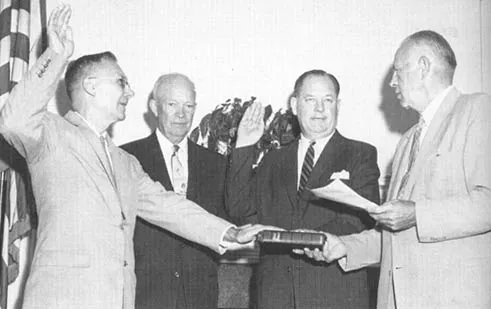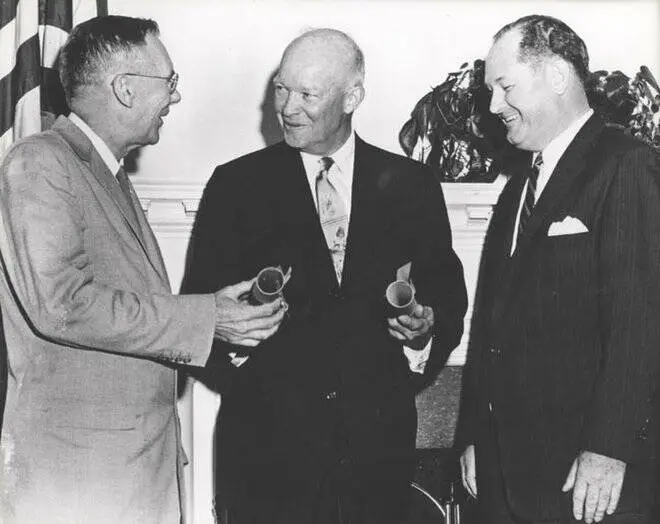On This Day in 1958: NASA Created as Eisenhower Signs Space Act

WASHINGTON, D.C. – On this day in 1958, President Dwight D. Eisenhower signed into law the National Aeronautics and Space Act, officially creating NASA – the National Aeronautics and Space Administration. The landmark legislation responded to a growing sense of urgency following the Soviet Union’s surprising successes in space, including the launch of Sputnik 1 in October 1957 and the subsequent orbiting of a dog, Laika, aboard Sputnik 2.

NASA, which officially began operations on October 1, 1958, was born from Cold War tensions but shaped by bipartisan collaboration between a Republican president and a Democrat-controlled Congress. It was designed to consolidate America’s civilian space efforts under one agency, expanding on the work of the National Advisory Committee for Aeronautics (NACA), founded in 1915.
The launch of Explorer 1, America’s first successful satellite, in January 1958 helped build momentum toward forming a unified civilian space program. Lawmakers like Senator Lyndon B. Johnson, D-Texas, and policy experts such as Eilene Galloway of the Legislative Reference Service helped shift the focus from solely military concerns to peaceful, scientific, and economic opportunities in space.
T. Keith Glennan was named NASA’s first administrator, alongside deputy Hugh L. Dryden. In its early days, NASA operated from temporary offices in the historic Dolley Madison House in Washington, D.C., but its mission was anything but modest – to lead the United States into the Space Age.




